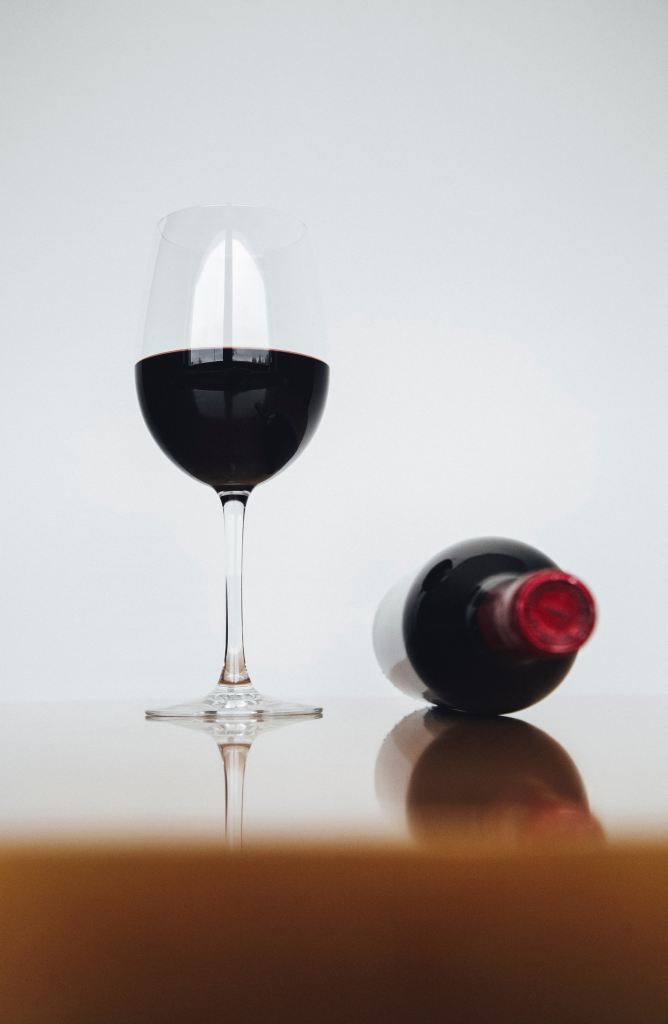- Introduction
- The Complexity of Flavors
- The Health Benefits
- The Cultural Importance
- The Pairing Versatility
- Conclusion

Introduction
There’s something undeniably enchanting about red wine. From the moment the cork is pulled, as the wine breathes, and the first sip swirls around your tongue, you’re drawn into a sensory experience like no other. It’s not just the taste, but the stories, the culture, and the cherished moments it represents. But what truly sets red wine apart? Is it the complexity of flavors, the touted health benefits, its cultural importance, or its pairing versatility? Let’s uncork the bottle, pour ourselves a glass, and explore.
The Complexity of Flavors
The world of red wine is a palette of flavors. From the full-bodied Cabernet Sauvignon with notes of blackcurrant and plum to the light and fruity Pinot Noir, each variety presents a unique profile. It’s this complexity that captivates our senses and draws us into the wine’s story.
I recall a memorable wine tasting experience in Napa Valley. Amid the picturesque vineyards, I discovered how the climate, soil, and winemaking techniques influence the wine’s character. I tasted subtle differences between the same grape variety grown in different regions, each with its distinct personality. That day, I realized that red wine isn’t merely a drink, but an exploration of taste and tradition.
The Health Benefits
In moderation, red wine has been claimed to offer numerous health benefits, courtesy of its rich antioxidants like Resveratrol and Flavonoids. From supporting heart health to potentially slowing down aging, the elixir seems to be more than just a delightful indulgence.
My interest in the health benefits of red wine sparked when I read a book discussing the ‘French Paradox.’ Despite a diet high in saturated fats, the French have a relatively low incidence of heart disease. The book suggested moderate consumption of red wine may play a role, piquing my curiosity. I’ve since then enjoyed my glass of red wine, not just for its taste but also for its potential health benefits.
The Cultural Importance
Red wine holds a special place in numerous cultures. It’s a symbol of sophistication, a key element in celebrations, and even a sacred element in religious customs. Its cultural significance is as diverse as its varieties.
I remember a trip to Spain during La Rioja Wine Festival. The whole town pulsated with vibrant energy, music, and laughter. Wine flowed freely, strengthening bonds and creating memories. That day, I experienced the cultural essence of red wine, making me appreciate it beyond its taste.
The Pairing Versatility
From a juicy steak to a delicate piece of dark chocolate, red wine’s versatility in pairing with various cuisines is remarkable. It can bring out the best flavors from your food, transforming an ordinary meal into a gourmet experience.
I discovered my favorite red wine, a Spanish Tempranillo, on a chilly evening at a tapas bar. The way it perfectly complemented the robust flavors of chorizo and manchego cheese was a revelation. Since then, it’s been my go-to wine, always ready to elevate my culinary experiences.
Conclusion
So, what makes red wine so special? Is it the symphony of flavors, the health benefits, its cultural role, or its pairing versatility? For me, it’s all of the above. But what truly sets red wine apart is the personal journey it invites us on. It’s the stories encapsulated in each bottle, the joy of discovering a new favorite, the cherished moments it celebrates, and the endless learning it offers.
To those who are yet to explore the fascinating world of red wine, I say, uncork that bottle, pour yourself a glass, and savor the journey. After all, every glass of red wine is filled with potential experiences, waiting to be discovered and savored. Here’s to the magic that is red wine!








Leave a comment